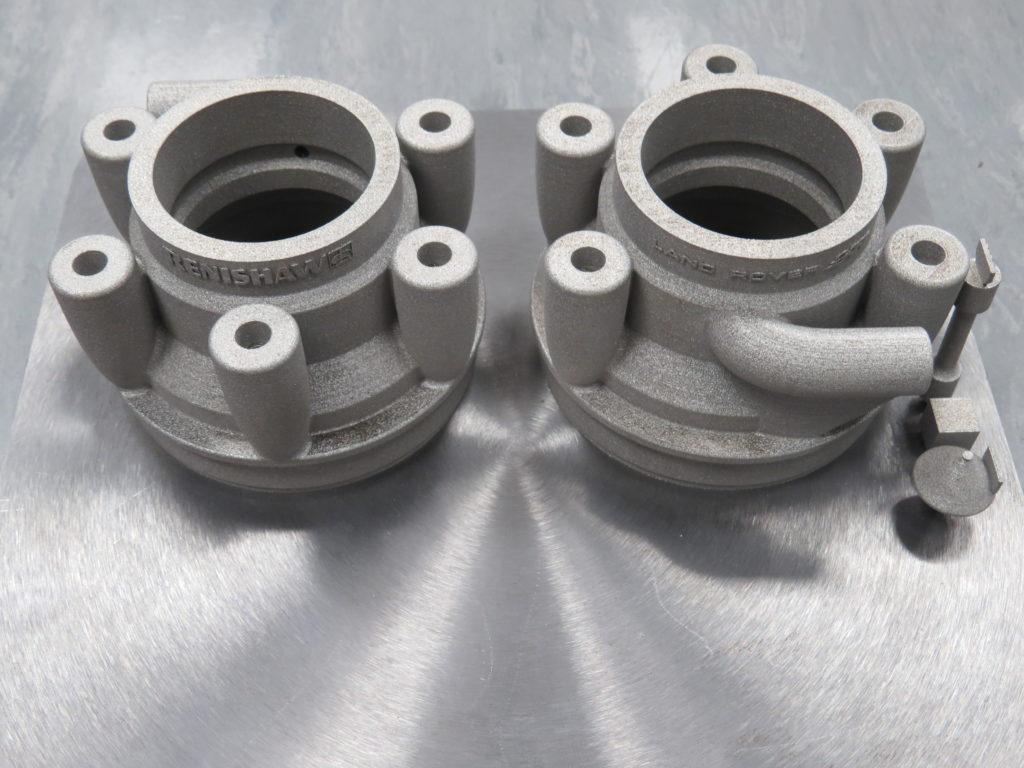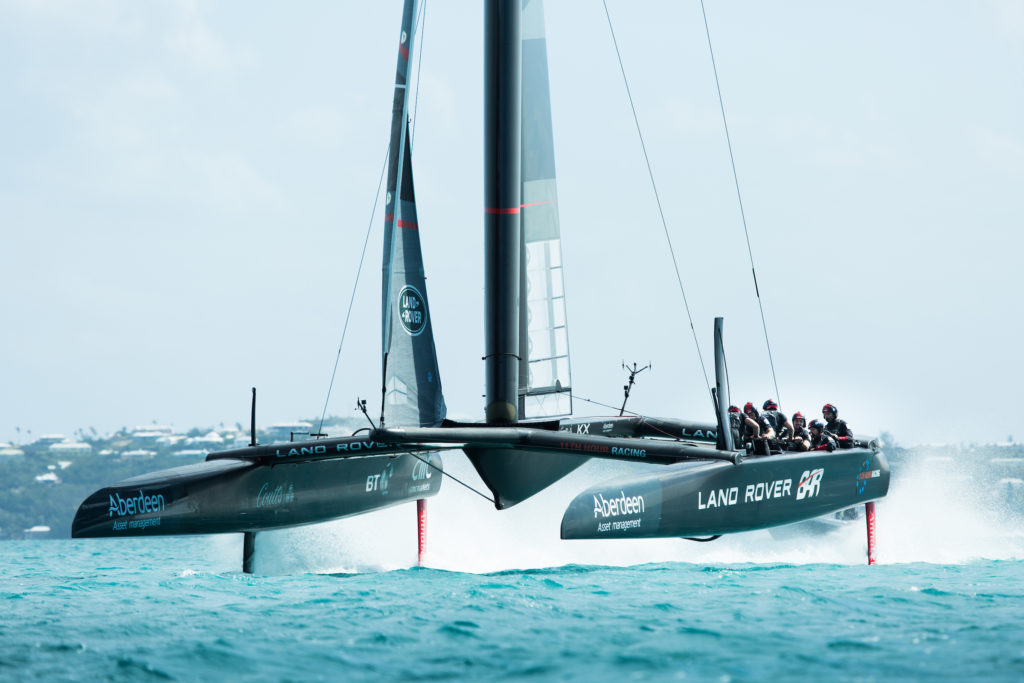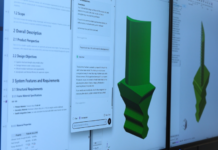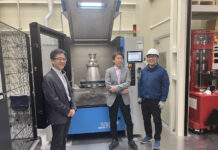Continue to “Go”
Flam3D, The Benelux Additive Manufacturing Association, has analysed an Italian study[1] that attempts to measure to which extend 94 (sub-)sectors are ready to apply Additive Manufacturing (AM). Based on 14 economic and technological characteristics of AM, the researchers have come to a ranking of these sectors.
Flam3D has combined this dataset with statistics on the sectors involved for the UK, France, Germany, The Netherlands and Belgium, whereas gross turnover, number of companies and number of employees are concerned. As such, it becomes a tool to evaluate potential new business development opportunities.
Nobody will be surprised that sectors such as “dental and medical instruments” and “aviation” are at the top of the list. Those sectors themselves are largely convinced of the potential benefits. Other sectors in the top-15 of the list are, for example: mechanical engineering, sporting goods, production of shoes, bicycles or jewellery, etc.
But which interesting sectors are ranked slightly lower in the list…? In which sectors can we assume that new Additive Manufacturing applications are to be expected?
Just outside the top-15
Some interesting sectors ended up just outside the top 15.. As far as we know, companies in the following industry branches are insufficiently aware of the possibilities of AM:
- Yacht building: There are 1.991 companies in the Netherlands, UK, Germany, France and Belgium active in the “Building of pleasure and sporting boats” (NACE 3012). In the Netherlands, they represent a turnover of no less than 1.6 billion Euro, and – as is well known – there are many superyachts of which only one piece is produced, for example… In the 5 countries together, the sector turnover represents over 3.8 billion Euro.
- “repair and maintenance of ships” is of course also included (NACE 3315) in the top-30. This sector employs over 33,000 people in the 5 countries mentioned.
- Manufacture of musical instruments (NACE 3220) – and we’d also like to add “accessories” thereto. How many professional violinists use an adjustable chin rest? How many wind instrument musicians use finger holders or valve extensions? Can you tweak your instruments to the user? In our opinion, the sector of more than 700 million euros is waiting for opportunities.
- “Locks and hinges” (NACE 2572) is also – perhaps surprisingly – in the list. Although: isn’t it a characteristic of locks that you want to make it complex and unique? Exactly the spearheads of 3D-printing… It is a sector that together accounts for nearly 11 billion euro in the region. It’s not as if all locks and hinges will be printed from tomorrow onwards – but there must also be some “impossible” design challenges…
- “Other means of transport”, “other vehicles”, “maintenance of vehicles” … can be found in various places in the list. A number of companies exploring the possibilities, but there is still work to be done here. We think of the many kinds of specialty vehicles (agricultural vehicles, cleaning vehicles, etc.) of which only a relatively small number is being produced.
- “Taps and valves”, under NACE 2814, may also deserve some more attention: the examples already exist abroad, but they seem not to have reached the right desk in other companies. It’s a sector employing over 65.000 people in the 5 examined countries.

Some AM-companies have already shared interesting examples of applications in the above sectors. 3D Adept Media has been reporting about, for example, the developments on 3D-printing for hydraulics at Bremen Castings and the use of AM at Don Schumacher Racing for yachting. Nevertheless, the market remains nascent for these companies.
There is also an intermediate category of companies where we already see hundreds of examples popping up, but where there is still a lot of work to be done to convince the many thousands of companies of the usefulness of the technology. This concerns all companies with their own production department – including heavy metal work or machine building. Not because we’d want to print the axis of a locomotive, or a ship chain, but because companies in their production environment can often solve many problems or improve productivity. There’s still a lot of awareness-building needed here.
Anyway: think high-end first.
With every new sector discovered by the Additive Manufacturing industry, the challenge is to again explain where the competitive advantage of 3D printing is. The entire AM sector is becoming more and more skilled at this – also in view of the knowledge gained and the increasing quality of prints. But it is still a matter of being able to prove the “return on investment” in black and white, certainly with those first cases in a new sector. Sometimes, explaining the concept of “Total Cost of Ownership” is still a must.
One trend is clear though: start with cases with high added value. In the automotive sector, the use of 3D printing started with Formula-1 cars and exclusive models, and we are now seeing an evolution towards more standard cars. For spectacle frames, 3D-printing wasn’t introduced for 2-euro reading glasses either. We can’t write the following business plan, but it is likely that in the music sector we will probably not sell to the first-year violin students at first, but to the professionals who win an international prize because they are just a fraction better than their competitors. We should probably make an exception for anything used in production though: there is a myriad of printed tools that offer such an obvious advantage in a production environment – including all those polymer-printed, 20-euro handy holders or clips that have proven their usefulness already.

Flam3D-members can still request the study and overview via info@flam3d.be. Our association plans to approach companies in these sectors more proactively. Flam3D aims at growing AM.
[1] Rauch E et al. “Industry sector analysis for the application of additive manufacturing in smart and distributed manufacturing systems”. Manuf Lett (2017), https://doi.org/10.1016/j.mfglet.2017.12.011





